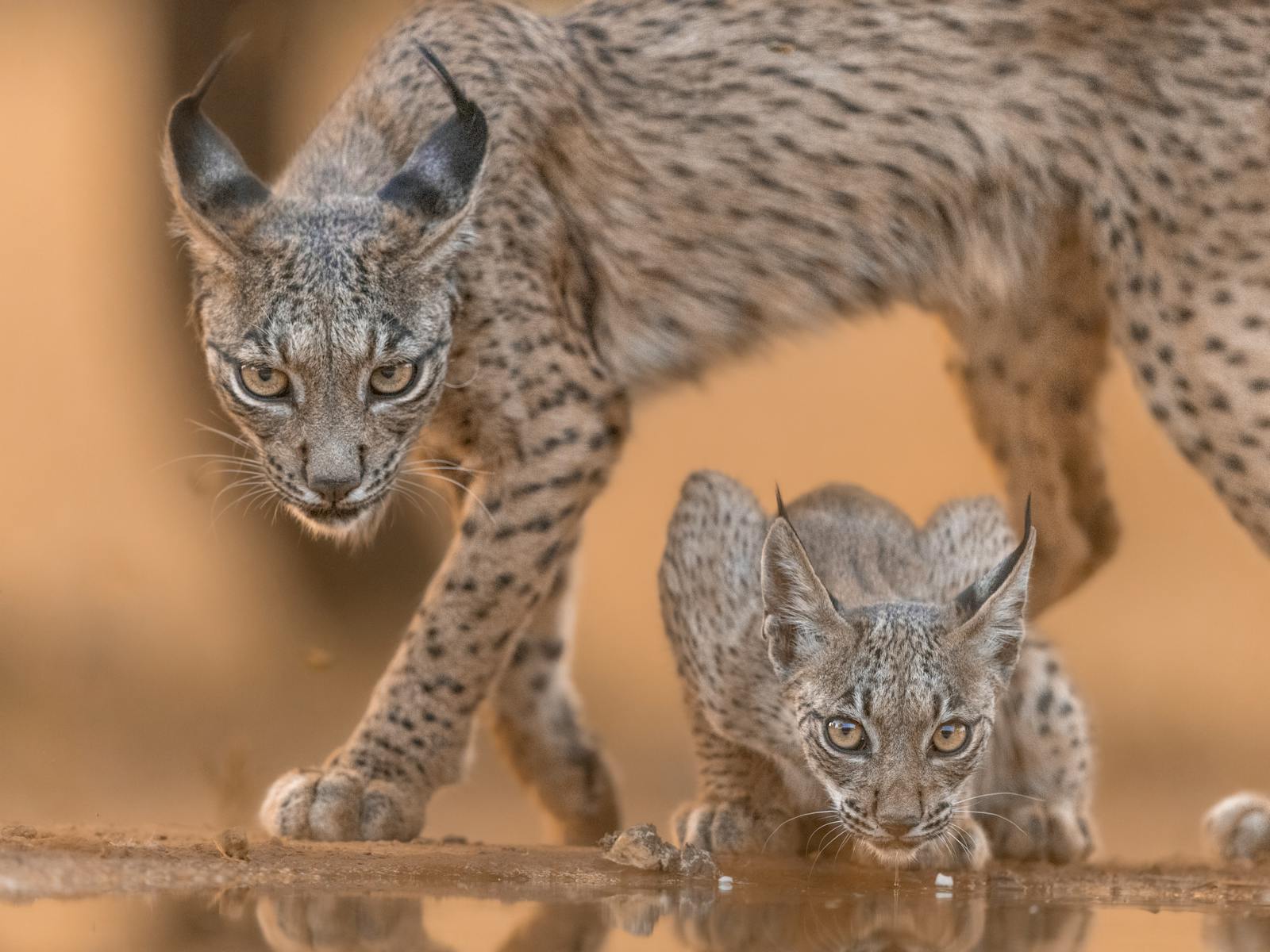The Iberian lynx, once critically endangered, has made an extraordinary recovery thanks to conservation efforts in Spain and Portugal. Its population has surged from fewer than 100 to over 2,000 in just two decades.
Key Points at a Glance
- Population recovery: Over 2,000 lynxes now thrive in the wild.
- Conservation strategies: Captive breeding and reintroduction programs were key.
- Remaining challenges: Habitat loss, road fatalities, and declining prey populations.
The Iberian lynx (Lynx pardinus), a species native to the Iberian Peninsula, was on the brink of extinction at the start of the 21st century. Habitat destruction, road accidents, and the collapse of wild rabbit populations—the lynx’s primary food source—pushed its numbers to fewer than 100 individuals. Today, the story is dramatically different, with the population exceeding 2,000 in the wild, thanks to innovative conservation strategies.
Captive breeding programs have been instrumental in this turnaround. Spain launched its initiative in 2005, followed by Portugal in 2008 with the establishment of the National Breeding Centre for Iberian Lynxes in Silves. These centers focus on breeding genetically diverse lynxes for reintroduction into the wild while preparing them to adapt to natural environments. Efforts include limiting human contact and using concealed methods to feed and monitor the animals, ensuring they retain essential survival instincts.
The reintroduction process is painstakingly thorough. Lynxes undergo rigorous preparation, such as exposure to controlled stressors, to reinforce their avoidance of humans and domestic animals. Once released, their progress is closely monitored to assess survival rates, territorial establishment, and reproduction.
However, significant challenges persist. Habitat fragmentation and road fatalities remain critical threats, prompting the creation of wildlife corridors and road-crossing structures. Another issue is the decline in wild rabbit populations due to diseases such as myxomatosis and rabbit hemorrhagic disease. This dependency highlights the need for broader ecosystem management to ensure the lynxes’ primary food source remains stable.
Despite these obstacles, the Iberian lynx’s recovery stands as a beacon of conservation success. It demonstrates the impact of international collaboration, habitat preservation, and public awareness in saving a species from extinction. While the population continues to grow, adaptive management and long-term monitoring will be essential to address new challenges and secure the future of this iconic predator.
